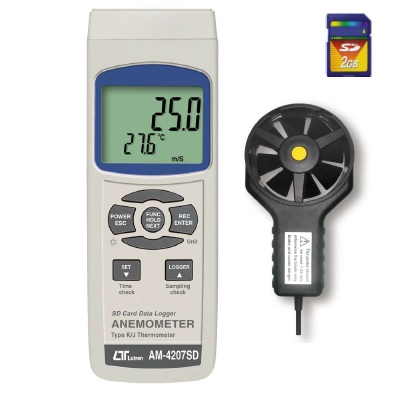

These instruments are particularly useful for measurements at the face of a grille, and the recommended procedures for this are outlined in Chapter 16. Provided the instrument-to-duct diameter ratio is such as to accommodate the instrument at the traverse positions, this effect should not be more than 3%. With in-duct measurements, there will be a blockage effect, causing an overestimation of the velocity. Variations due to changes in air density are not significant for on-site measurements. Yaw error is less than 1% up to 12° of yaw. A calibrated instrument has an accuracy of about ± 1% over the speed range for which it was designed and with the instrument mounted in a steady, uniform airstream. The calibration correction v corr is applied to the indicated velocity v i to give the true velocity v a. The main advantage of these instruments compared with a Pitot-static tube is that velocities can be measured down to about 0.5 m/s the speed range depends on its manufacture, low, medium, and high velocity models being available up to a maximum of about 30 m/s.Ī vane anemometer requires a calibration chart, and this should be brought up-to-date regularly to ensure continued accuracy in the measurement of air velocity. Roger Legg, in Air Conditioning System Design, 2017 Vane AnemometersĪ vane anemometer consists of a number of light vanes supported on radial arms rotating on a common spindle.


 0 kommentar(er)
0 kommentar(er)
